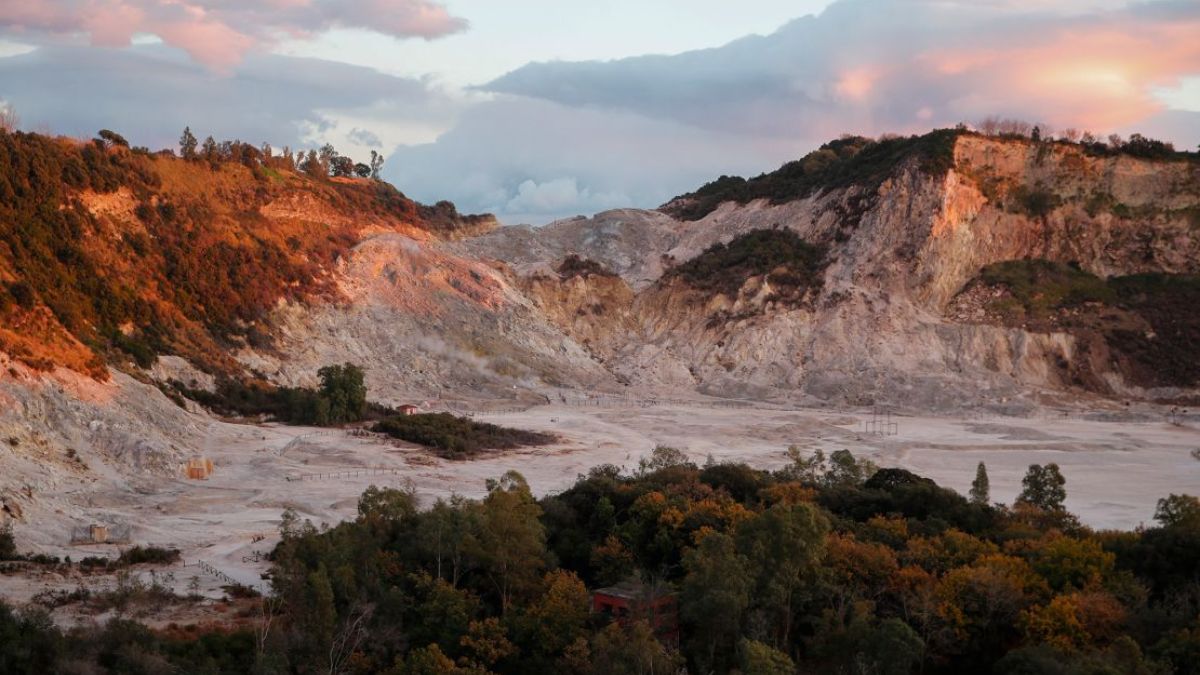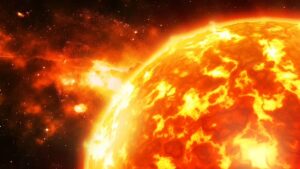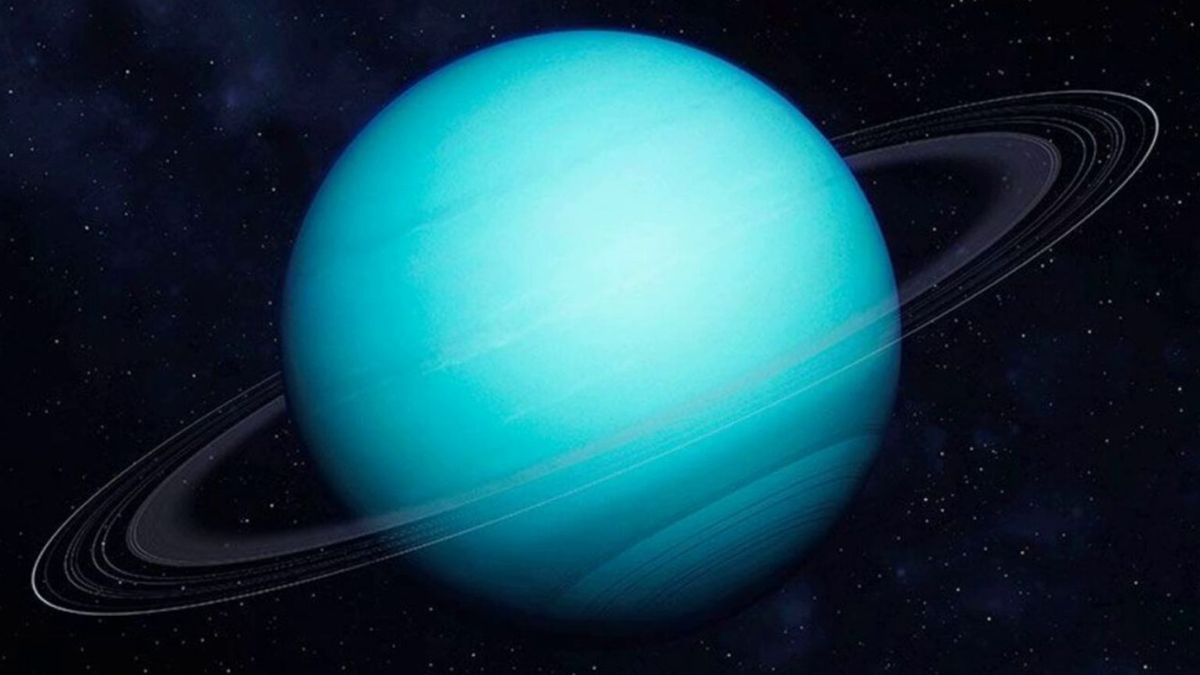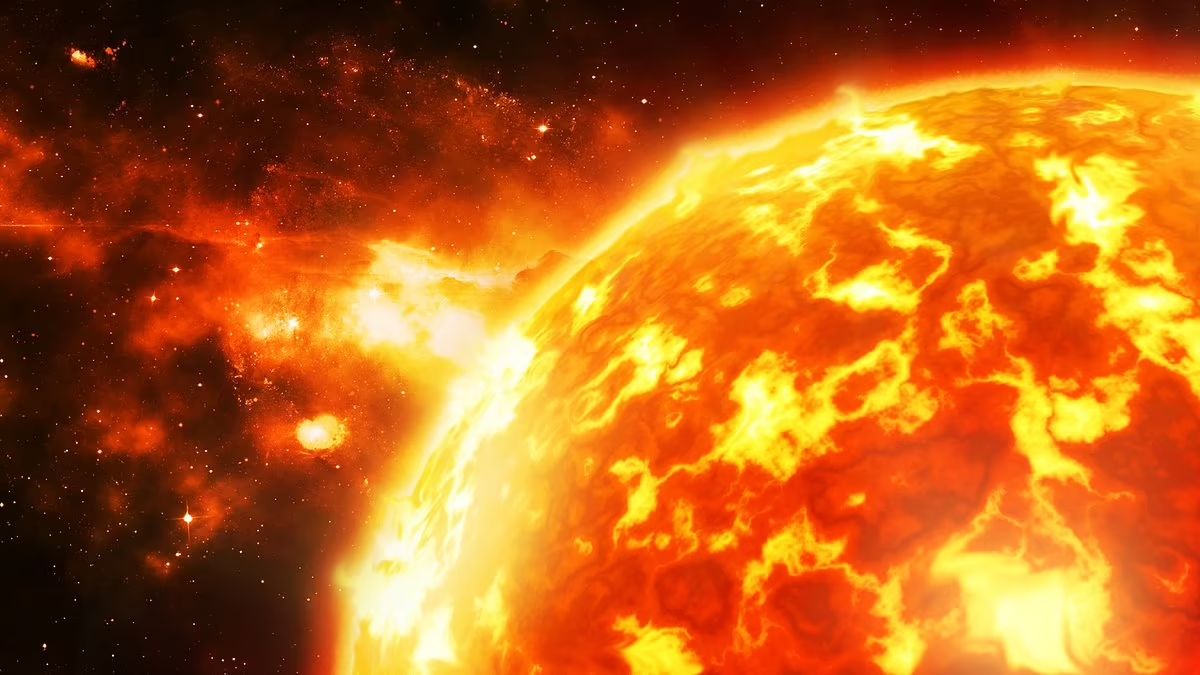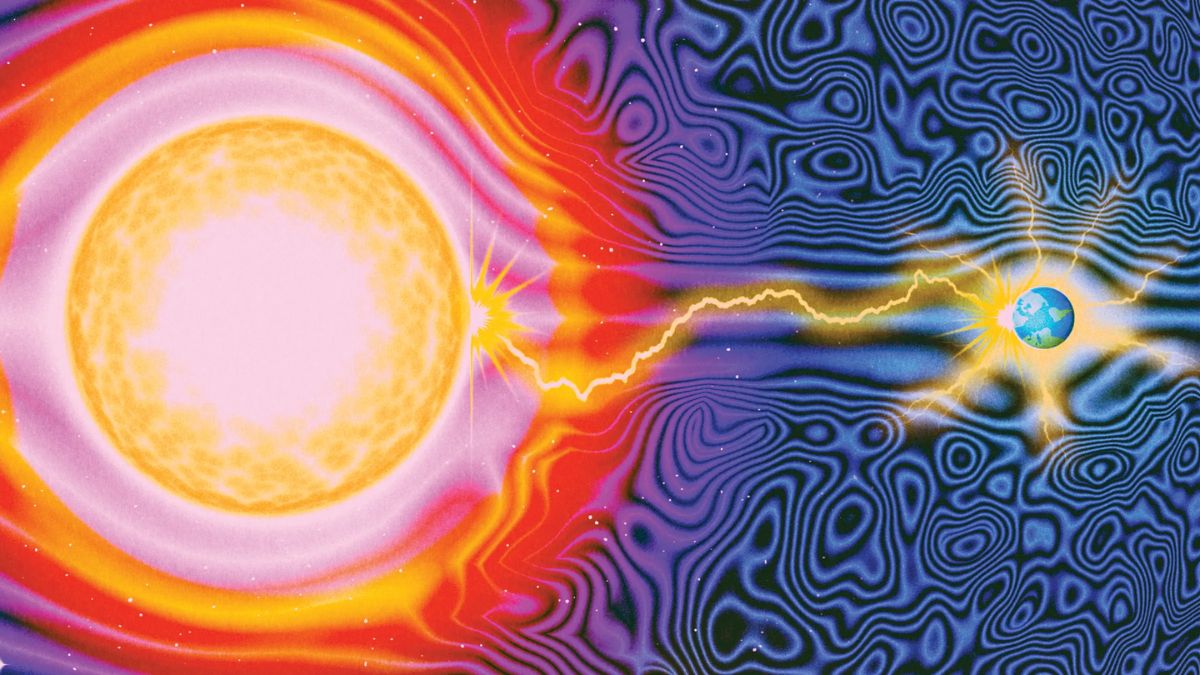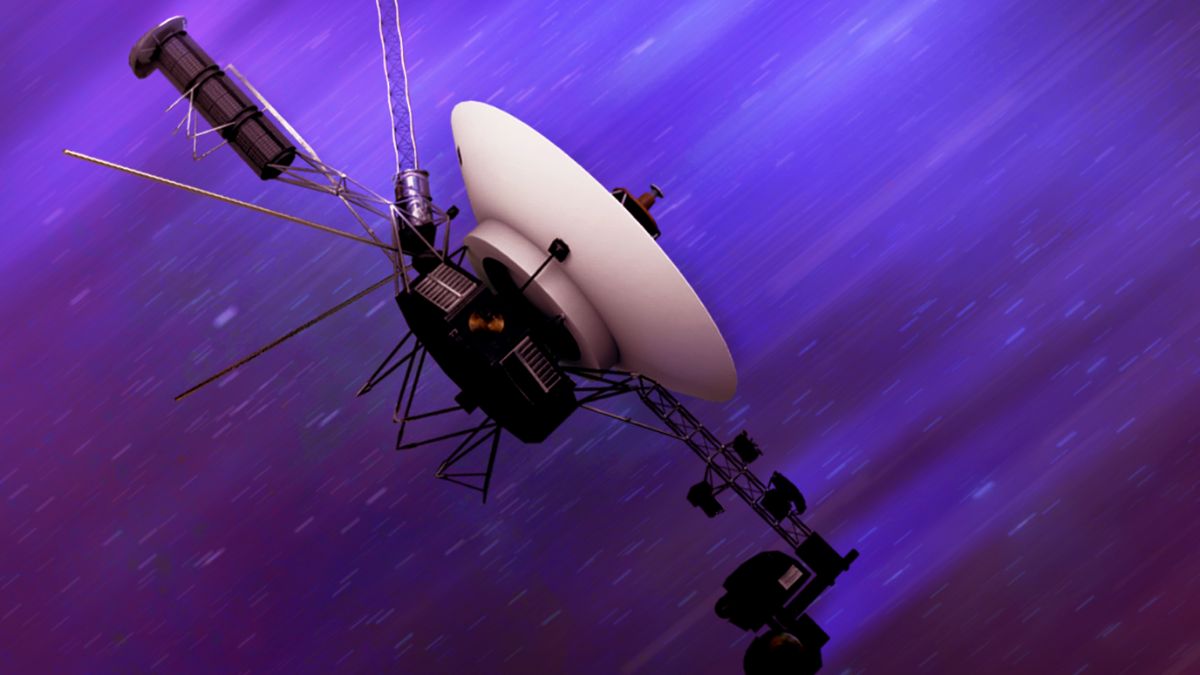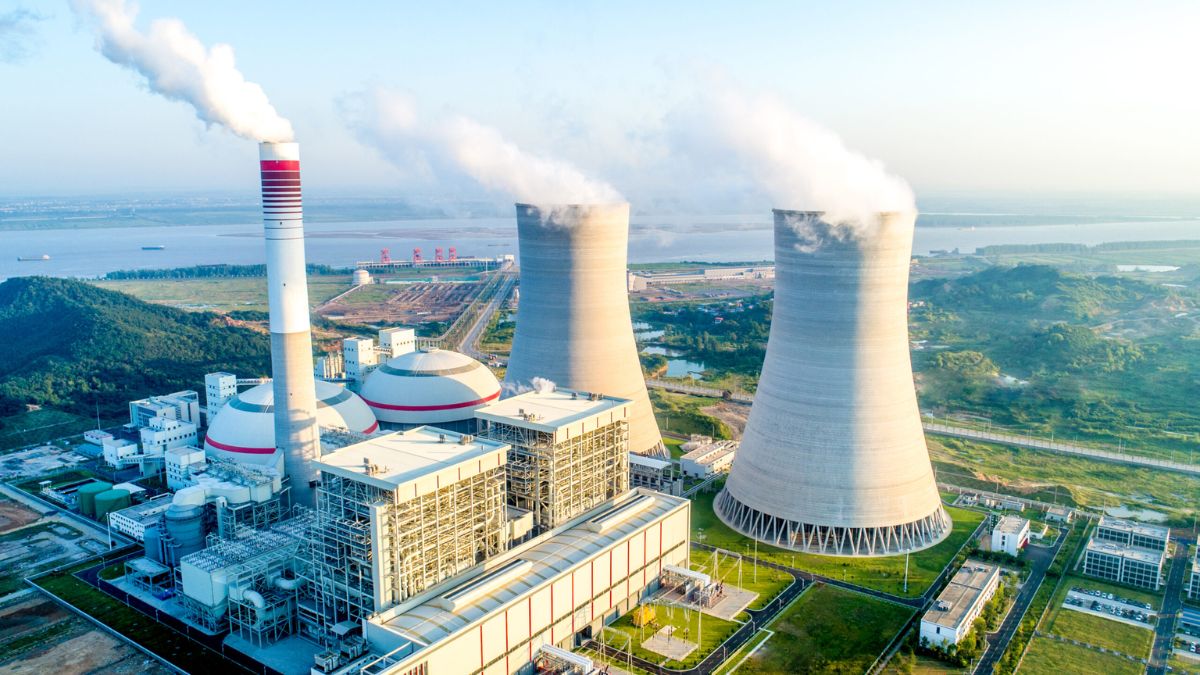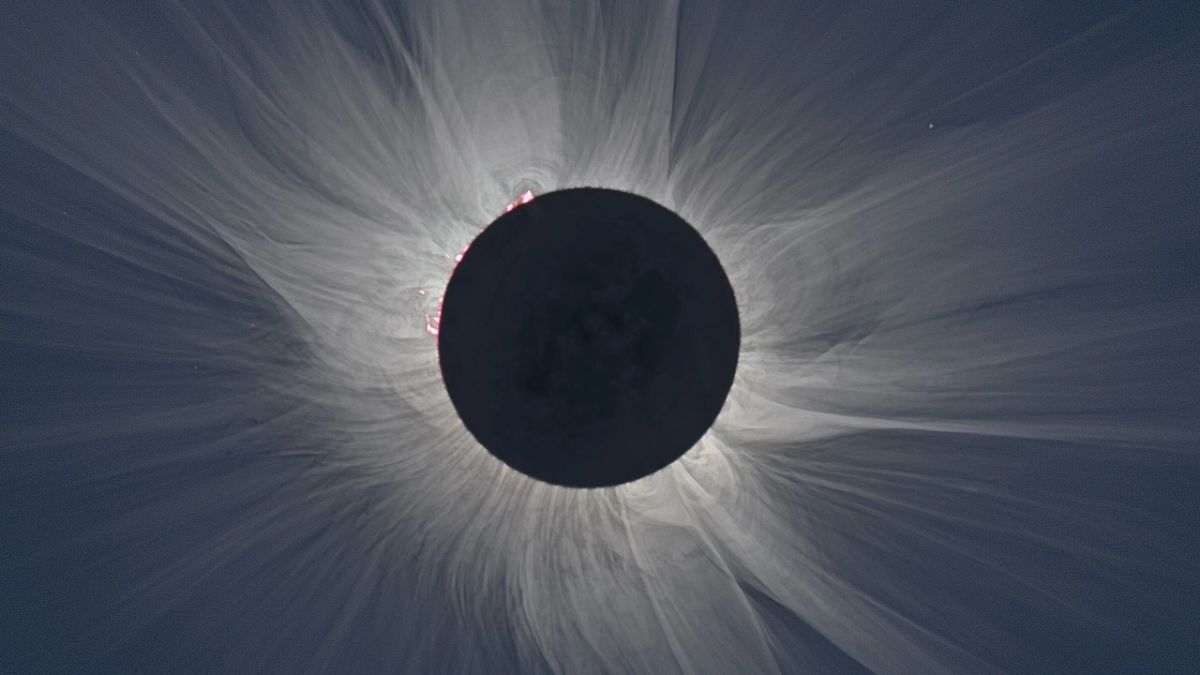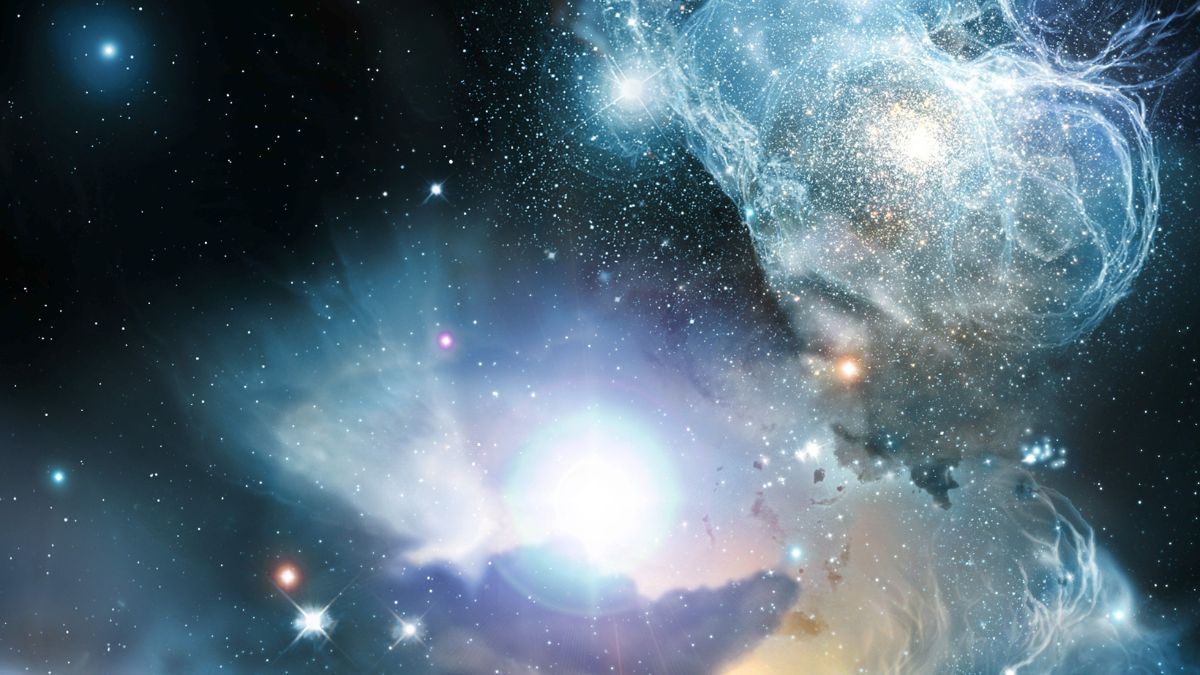Tucked away in the rugged landscapes of southwest Bolivia, the towering Uturuncu volcano is causing a stir after sleeping for over 250,000 years. Once thought to be extinct, this “zombie” volcano is showing new signs of life—quietly but steadily reshaping the ground beneath it.
But it’s not just the rumblings that have scientists excited. What lies beneath Uturuncu may hold the key to the future of mineral exploration and technology. Let’s cut into what makes this dormant giant so fascinating.
Location
Uturuncu sits in the Altiplano region, one of the highest plateaus on Earth, reaching a jaw-dropping height of 19,711 feet above sea level. This massive volcano is part of the Andes mountain range and offers not only stunning views but also a rich geological history.
For centuries, it was considered “dead” due to its lack of activity. No lava flows, no eruptions, nothing—just a silent giant. But recently, that silence has been broken by subtle movements deep underground.
Revival
So, why the nickname “zombie” volcano? Because despite its long dormancy, it’s starting to show signs of life. Think of it like a horror movie monster that everyone thought was gone—but now it’s moving again. Creepy? Maybe. But it’s also incredibly valuable from a scientific point of view.
Uturuncu began attracting attention due to its sombrero-like shape, which looked unusual compared to other volcanoes. This strange appearance sparked curiosity and further investigation, leading to some groundbreaking discoveries.
Activity
Scientists noticed the ground around Uturuncu was slowly rising. We’re talking centimeters per year, but over time, that adds up. It’s like the Earth is inflating. When they looked deeper—literally—they found something even more interesting: hot gases and liquids moving under the surface and a magma lake sitting 15 kilometers underground.
This movement isn’t random. It indicates that the volcano is very much alive underneath. Though it’s not erupting, the underground activity suggests it’s preparing for… something. But when? That remains a mystery.
Minerals
Here’s where things get exciting beyond just lava and smoke. Deep within Uturuncu, scientists believe there could be valuable minerals being pushed up by the underground activity. One of the most talked-about is lithium—the essential ingredient in batteries for smartphones, electric vehicles, and even solar power storage systems.
Professor Matthew Pritchard from Cornell University points out that the fluids and gases moving underground may be forming a reservoir of minerals. In simple terms, the volcano might be a treasure chest waiting to be unlocked.
Here’s a quick look at the key findings:
| Discovery | Significance |
|---|---|
| Rising ground | Indicates internal pressure and movement |
| Hot gases and liquids | Signs of volcanic activity |
| Magma lake (15 km deep) | Source of potential eruptions and minerals |
| Mineral potential (Lithium) | Technological value for electronics and EVs |
Tourism
Now, here’s the cool part for adventurers. Uturuncu isn’t just a research site—it’s open for visitors too. If you love volcanoes, hiking, and a bit of danger (don’t worry, it’s safe… for now), then this is the place to be.
The hiking trail is about 800 meters long and takes you up one of the highest mountains in South America. From the summit, you get breathtaking views and a sense of walking on a living geological wonder. It’s a rare blend of science, nature, and adventure.
Benefits
So why does Uturuncu matter beyond science geeks and thrill-seekers?
First, the volcano offers a new way to explore and extract important minerals without damaging the environment. If done responsibly, it could bring economic benefits to Bolivia through mining and tourism.
Second, studying this volcano helps scientists understand how dormant volcanoes might reactivate. That means better forecasting, safety planning, and possibly even discovering other hidden volcanoes around the world.
Precaution
Despite all the excitement, scientists are clear—there’s no imminent danger of an eruption. But they’re not ruling it out completely. The percentage is low, but it’s not zero. That’s why researchers are pushing for early monitoring systems and public awareness.
Communities nearby should stay informed, not scared. Think of it like having smoke detectors in your house—not because you expect a fire, but because you want to be prepared.
Standing on the edge of a “dead” volcano that’s now showing signs of life is a surreal experience. It makes you wonder what else the Earth is hiding beneath its surface. From its sombrero shape to its underground magma lake, Uturuncu is more than just a volcano—it’s a glimpse into Earth’s beating heart.
Whether you’re a scientist, adventurer, or simply curious, Uturuncu offers a reminder: just because something looks quiet doesn’t mean it’s not alive. So, next time you think something is truly gone… maybe it’s just waiting to rise again.
FAQs
Why is Uturuncu called a zombie volcano?
Because it’s showing signs of life after 250,000 years of silence.
Is Uturuncu volcano dangerous now?
No, scientists say eruption risk is currently very low.
Can you visit Uturuncu volcano?
Yes, visitors can hike a trail and explore the site safely.
What mineral is found in Uturuncu?
Lithium, a key material used in modern electronics.
What causes the ground to rise at Uturuncu?
Pressure from underground gases and magma movement.

